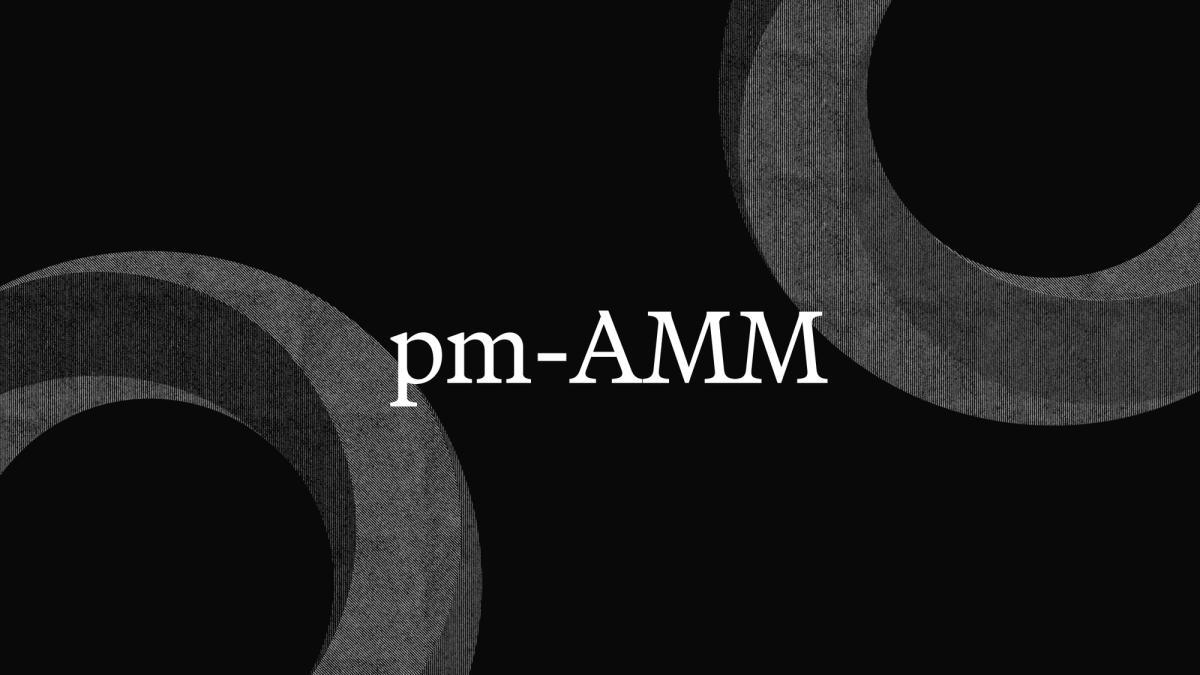
Two big developments in manufactured housing reform: New rules, new bill
Manufactured homes currently provide 8.4 million affordable, unsubsidized homes across the United States, with an additional 100,000 new units entering the housing market each year. Unlike the mobile homes of the past, today’s manufactured homes, built to HUD Code standards, undergo rigorous quality control and must pass independent inspections before they leave the factory.
These homes achieve their cost advantage over traditional site-built homes by being constructed in a factory setting, where a consistent workforce operates more efficiently compared to a job site with subcontractors frequently coming and going. According to the Harvard Joint Center for Housing Studies, excluding land costs, a manufactured home can be 27% to 65% less expensive than a comparable site-built home.
Since our last publication, two key reforms have moved forward: one legislative and the other administrative. The first is a legislative move by Senate Banking Committee Ranking Member Tim Scott (R-SC), who introduced the ROAD to Housing bill. The bill aims to eliminate the “steel chassis” mandate, a crucial aspect of HUD Code reform that cannot be fixed by rulemaking alone. The bill proposes a state-by-state voluntary opt-in for an off-chassis manufactured home option. By removing the permanent chassis requirement, the bill would reduce the costs of each HUD Code home by $5,000 to $10,000 and enable more flexible floorplans.





















